Resistance Training Rx Targeting Visceral Fat
Living Well

Written by: Meg Sharp MSc., Fitness & Wellbeing Consultant, Cambridge Group of Clubs
Body fat is beneficial. It performs vital roles including temperature regulation, balancing hormone levels and blood sugars, supports optimal neurological and reproductive function, and aids in vitamin absorption and storage.
Not all body fat is created equal. Visceral fat refers to the fat stored deep within our abdominal cavity, surrounding our internal organs and releasing free fatty acids into the bloodstream and liver. This type of fat releases more of the proteins called cytokines, triggering low-level inflammation which has a negative impact on the body on a number of levels. As we increase the amount of visceral fat we carry, so do we increase the risk of chronic metabolic disease, sleep apnea, breast and colorectal cancers.
The shift to storing more visceral fat can be a sneaky one. Increased levels of stress, and, therefore, cortisol in the body, is associated with an increase in visceral fat storage. Not getting enough sleep is another culprit. And, very interestingly, decreases in muscle mass is associated with increased in visceral fat which – in some cases – in turn encourages additional muscle loss.
Making changes in your diet is often the first strategy suggested to battle visceral fat. While this can be a solid recommendation, messing with a person’s food can be complicated. Moreover, caloric restriction is typically associated with both fat AND lean tissue loss. So, for healthy, active adults – for example – where the challenge may be more of a body recomposition – where the weight is relatively stable but muscle is being replaced by fat – diet alone may not be helpful at all.
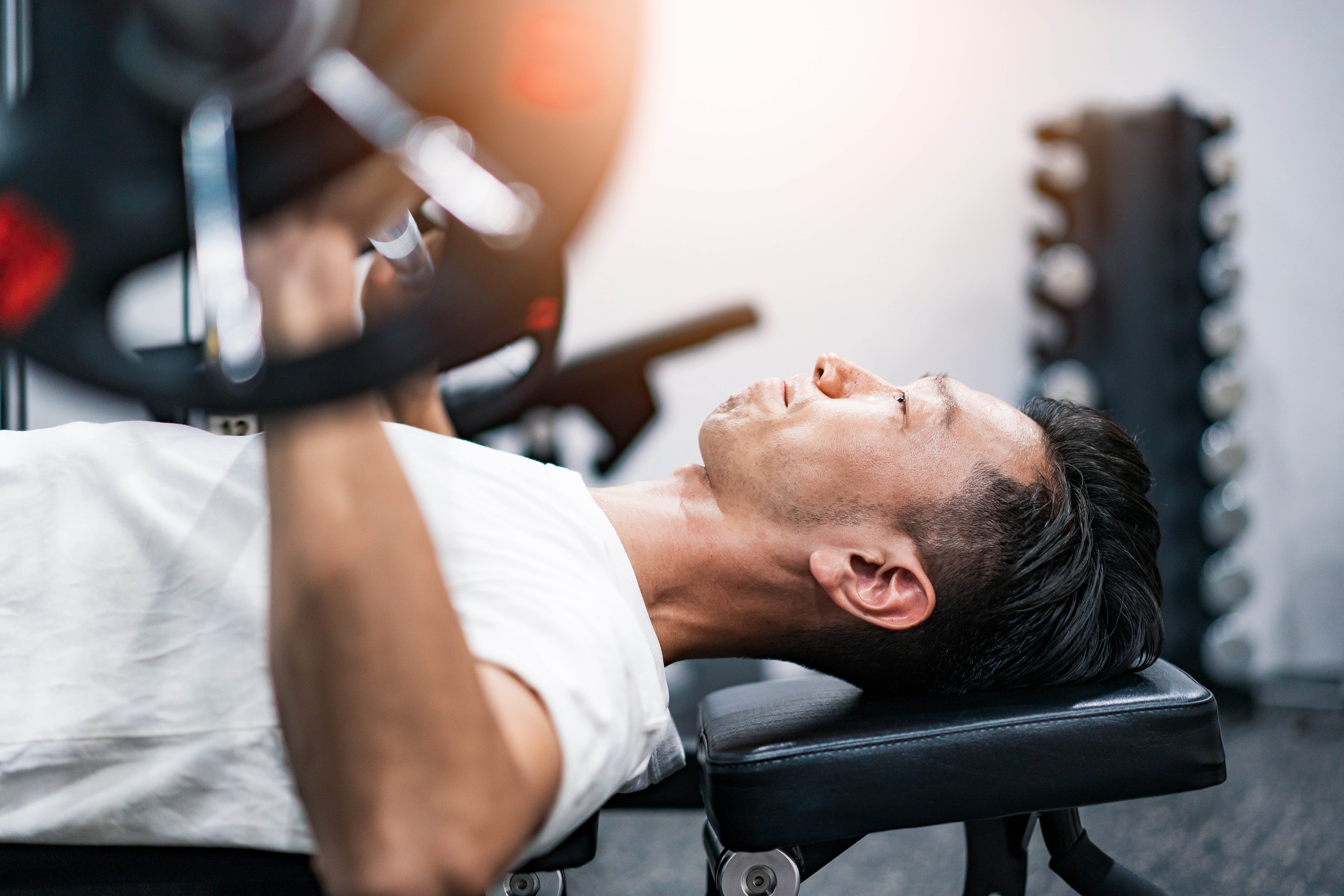
We have great news: A recent systematic review and meta-analysis has determined that resistance training alone – specifically high-volume weight training – has the ability to decrease visceral fat levels in healthy, active adults. An even more recent review and meta-analysis proves its efficacy in postmenopausal women.

While the exact mechanisms involved aren’t entirely clear, here are a few relevant facts related to muscle and fat:
- High volume strength training is proved to be protein sparing. Let me break that down a little: During a state of caloric restriction, during times of stress, and/or during the natural aging process, the body breaks down and uses up stored muscle. If we are strength training, the muscles put into place a protective mechanism – a “Do Not Enter” sign, if you will – forcing the body to leave the building proteins alone, and go foraging for nutrients elsewhere. Often our fat stores.
- Regular and progressive strength training stimulates continual muscle turnover and growth. This keeps energy expenditure and metabolism elevated after and between workouts.
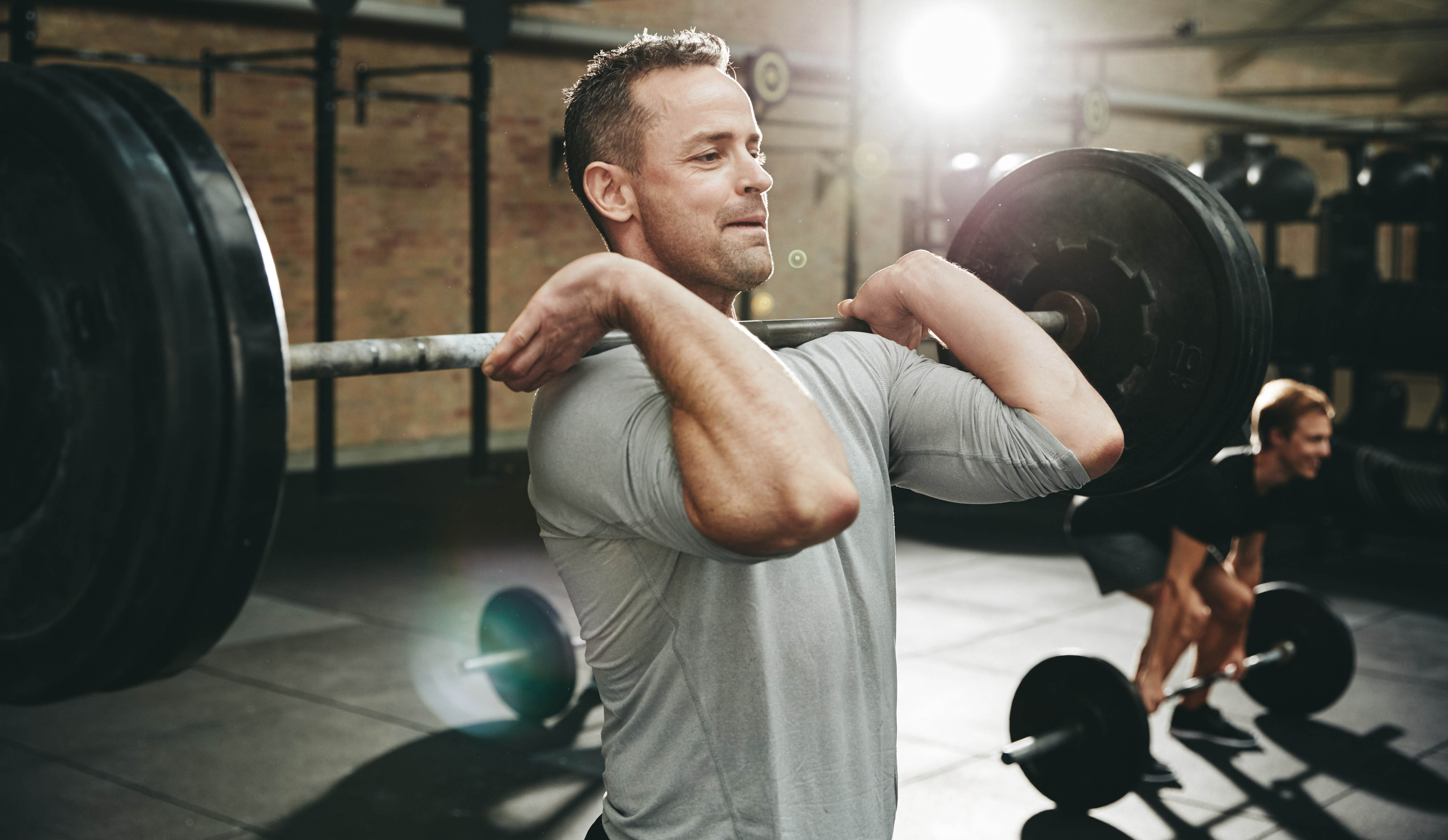
- Strength training may specifically increase appetite for protein rich foods. Consumption of 25-35 grams of protein ingested 3-4 times throughout the day is associated with stable blood sugar levels, lower levels of stress hormones, appetite regulation, higher energy, and cognitive function. If you feel you are consistently hungrier when you are strength training regularly, look first to ensure you are consuming enough lean protein throughout the day before adding calories per se.
- Decreases in specific hormones including testosterone, estrogen, and human growth hormone are associated with increased fat storage. These hormones tend to decrease as part of the natural aging process. Strength training boosts these hormones and supports a healthier body composition.
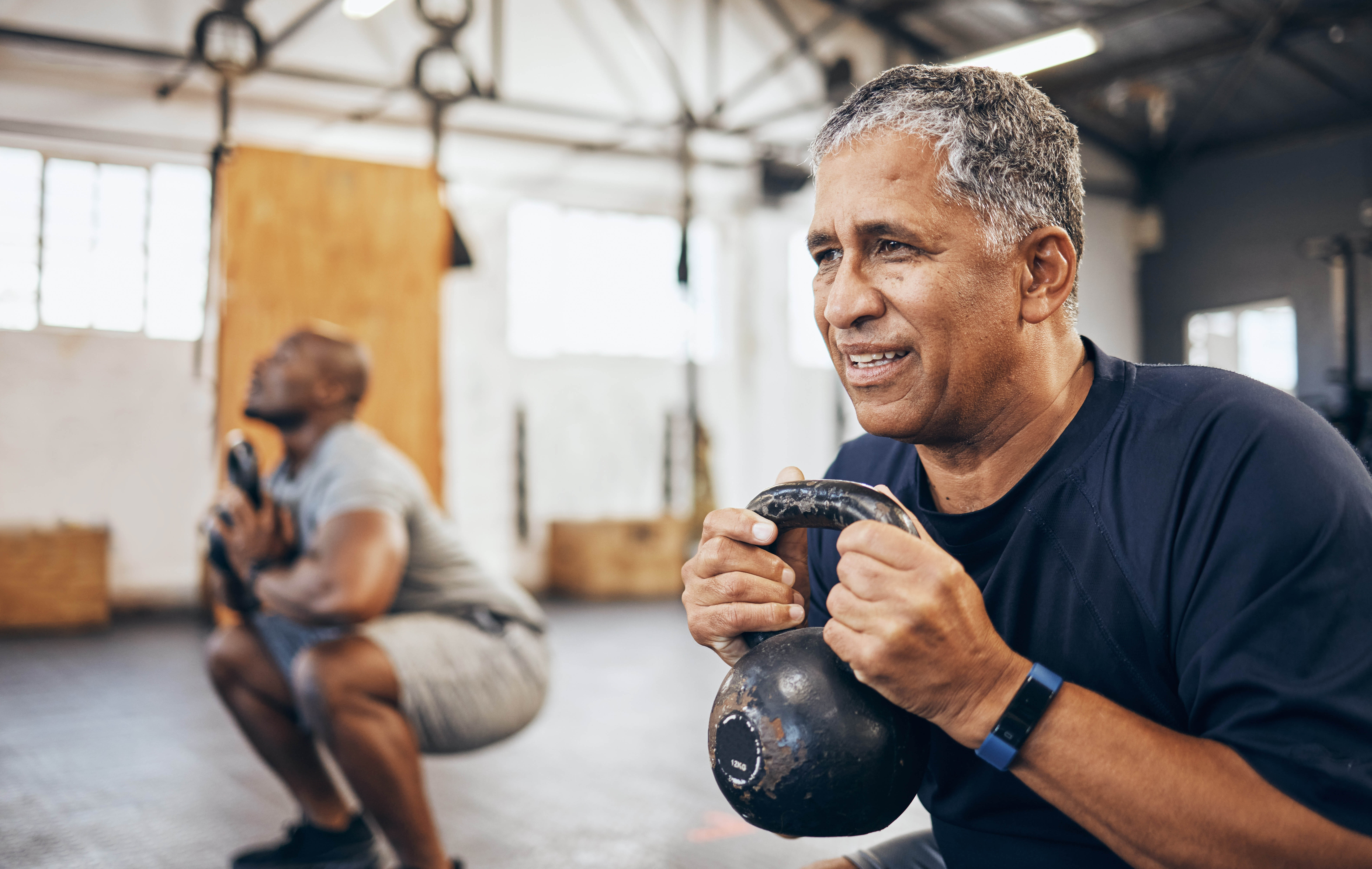
I dug deep into both papers so I could pilot, and then share with you, the specific parameters of what a really effective, visceral-fat-burning-resistance workout might look like. I’m going to share the details below, but I have a few very important points to make first:
In turns out the most effective protocols are relatively high in volume and intensity with at least 30% of the exercises being multi-joint or compound exercises. The exercises I lay out are based on the literature and, more importantly, they are safe and efficacious for me. They are not necessarily appropriate for all. Please connect with one of our trainers to help you determine what the right exercises are for you.
Connect with Rob Coates (Toronto Athletic Club), Lauren Neal (Adelaide Club), & Sean O’Neil (Cambridge Club).
Additionally, it’s important to learn how to safely execute all exercises before layering in the additional stimulation of higher intensity and volume. For those of you who haven’t strength trained in some time, you will need to build a solid foundation first. Again, please reach out to us so we can help you design the best approach for you. As always, we will make it well worth your time and are happy to cover the cost of an initial session.
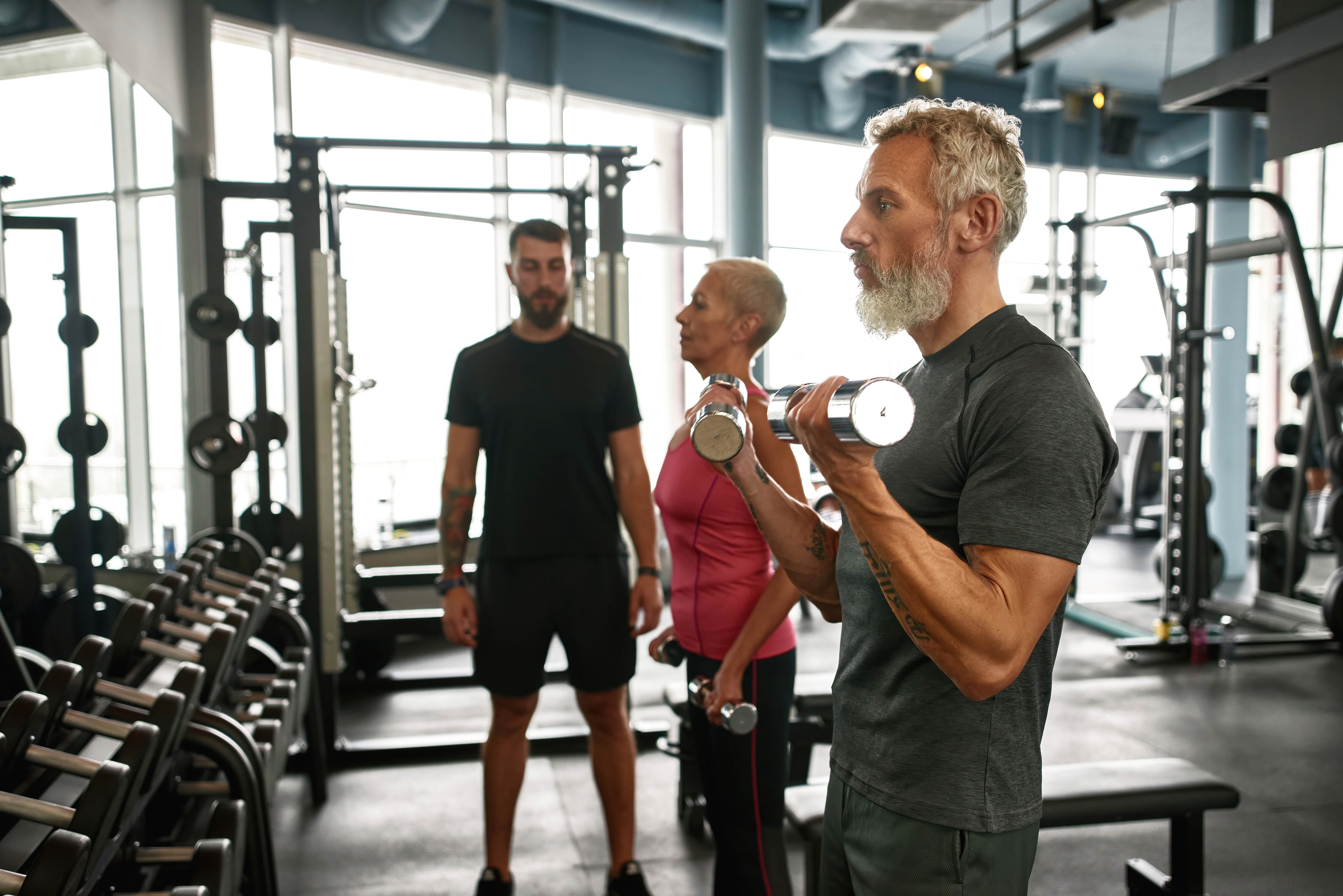
Okay. Here are the parameters and sample workouts:
Average number of repetitions: 8-12.
Average number of sets per week: 78.
Rate of perceived exertion: “moderate-to-high” and “high” (Explained another way, you want to finish each set with only 1-2 reps left in the tank.) (See the article on lifting to failure!)
Please warm-up appropriately.
So, if I’m going to do 2 strength workouts per week, I’ll need to accumulate on average 39 sets. Assuming 3 sets per exercise, that’s 13 different exercises per workout.
If I’m able to do 3 strength workouts per week, I’ll need to perform on average 26 sets. Assuming again 3 sets per exercise, that’s 8.6 – call it 9 - different exercises.
Workout 1: 2 days a week. 3 sets of each exercise. 8-12 repetitions.
- Hip Bridge
- Dying Bug
- Hex Bar Deadlift
- Gravitron Pull-up
- Leg Press
- Seated Row
- Dumbbell Split Squat
- Dumbbell Chest Press
- Hamstring Curl
- Dumbbell Pullover
- Leg Extension
- Triceps Bar Pulldown
- Side Plank Repetitions
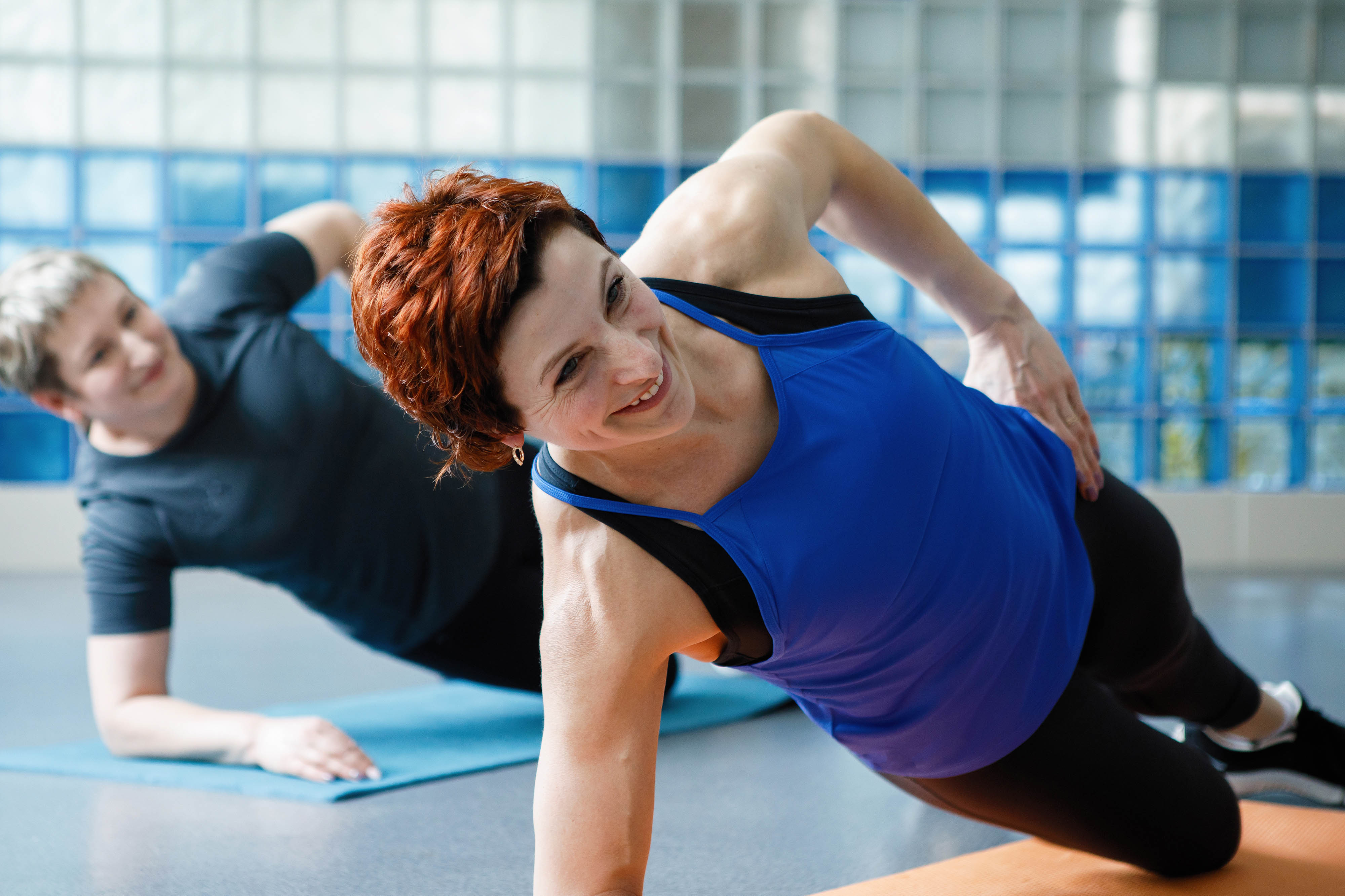
Workout 2: 3 days per week. 3 sets of each exercise. 8-12 repetitions.
- Single Leg Hip Bridge
- Side Plank Repetitions
- Glute Drive
- One Arm Dumbbell Row
- Goblet Squat
- Elevated Push-ups
- One Legged Romanian Deadlift
- Lat Pulldown
- DB Overhead Press

2497